Georgia is a country in Transcaucasia located on the south-eastern coast of the Black Sea, with its capital in Tbilisi. The country is situated at the junction of Eastern Europe and Western Asia. It is bordered to the south by Armenia, to the south-east by Azerbaijan, to the north and east by Russia and to the south-west by Turkey. Georgia’s mountainous lands lie between the Greater and Lesser Caucasus Mountains.
- The first Georgian state entity was originated still at the end of the 12 th century BC. In Classical times kingdoms of Colchis and Iberia existed there. It was in the early half of the 4 th century AD that Christianity was declared as the state religion. Powerful Georgian kingdom reaching its height between the 10 th and 13 th centuries.
- After a long period of Persian and Ottoman domination, Georgia was annexed by the Russian Empire in 1801. An independent Georgian state existed from 1918 to 1921. After a temporary occupation by Ottoman and British troops in 1918–1920, Ajara - southwestern part of the country became part of the Democratic Republic of Georgia in 1920, and was granted autonomy under the Georgian constitution adopted in February 1921 when the Red Army invaded Georgia.
- One of the most independence-minded republics, Georgia rebelled against the Soviet regime four times in 1924, 1956, 1978, 1989 and finally declared sovereignty on November 19, 1989, and independence on April 9, 1991.
- Unfortunately, Russian imperialism could not tolerate Georgia's independence. Indicative of this are the conflicts in Tskhinvali region and Abkhazia in the early 1990s and the five-day war in 2008. Even today, Russia continues its aggression, which is manifested in the borderization of Shida Kartli and the systematic abductions of Georgian citizens.
Batumi, the capital of the Autonomous Republic of Ajara and Georgia's second largest city, is located on the Black Sea coast close to the Turkish border. Bathys, derived from Greek the 'deep harbour', firstly mentioned by Pseudo-Aristotle in the 4 th century BC. Latin Portus Altus with the same etimology is attested at the Tabula Peutingeriana as well.
Batumi combines old and new architecture. Streets lead between historic houses and modern buildings, centres of culture and art as well as hotels, where international conferences and business meetings take place. The city is bustling with life, the streets overflowing with restaurants with delicious food and wine, cosy cafes with strong, tasty coffee and viewpoints such as the Alphabetic Tower, which offers views of the rooftops of the city centre, the mountains, and the sea.
The Shota Rustaveli State University in Batumi is one of the leading institutions of higher education. It has a conference hall and numerous lecture theatres equipped with multimedia equipment.
The best way to get to Georgia is by plane. International airports are located in Tbilisi, Kutaisi and Batumi. The airports are served by a network of shuttle buses that provide comfortable access to the destination city. There is a direct train from Tbilisi to Batumi.
The currency in Georgia is the Georgian Lari, Although, prices are sometimes quoted in US dollars and Euros which can be exchanged at private currency offices, which are available on almost every corner of major cities. There is also a well-developed network of banks and ATMs, and in many places, it is possible to make payments by card or phone.
Come and visit Batumi!

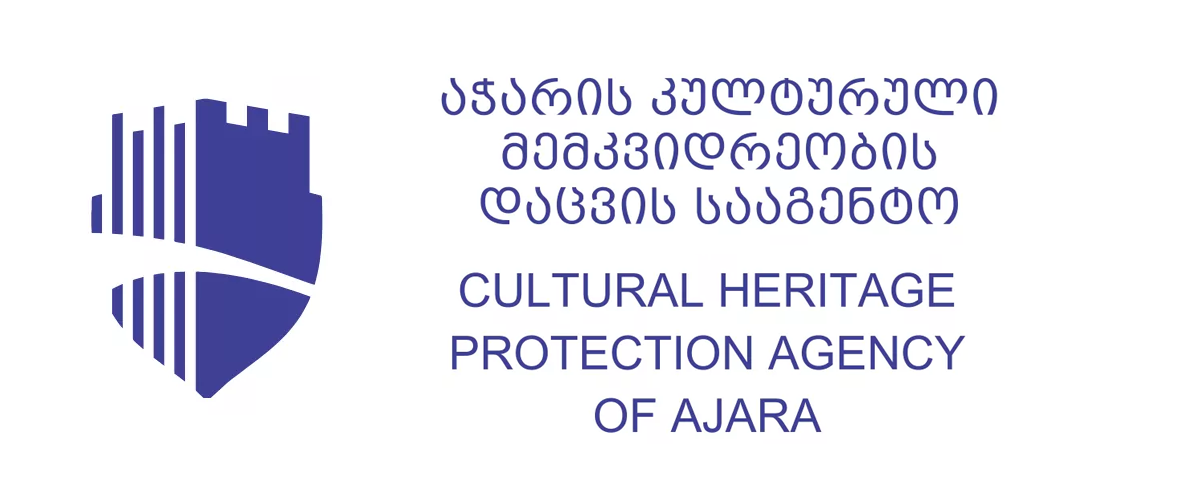




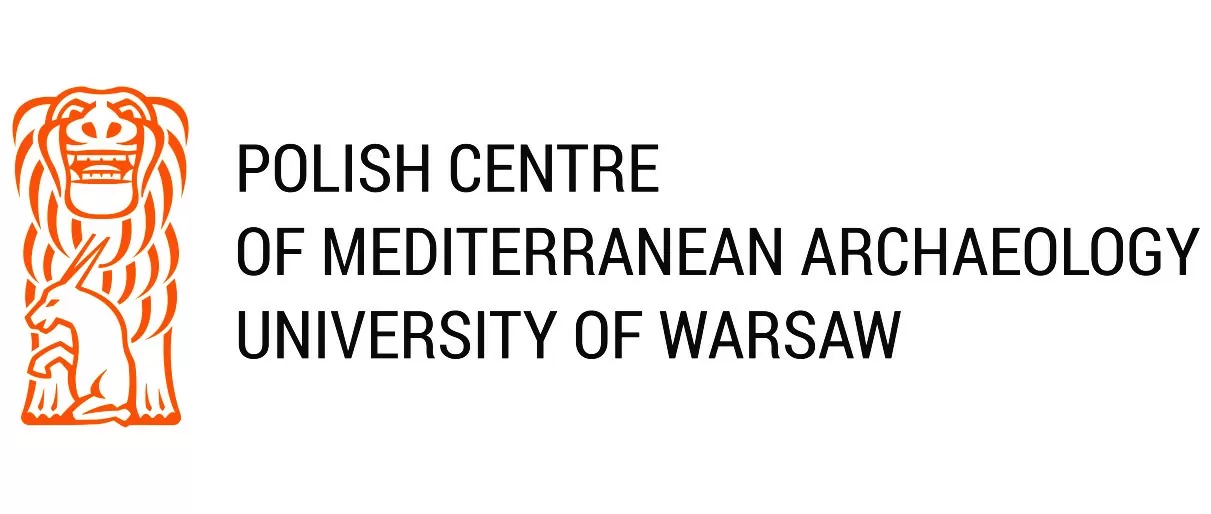
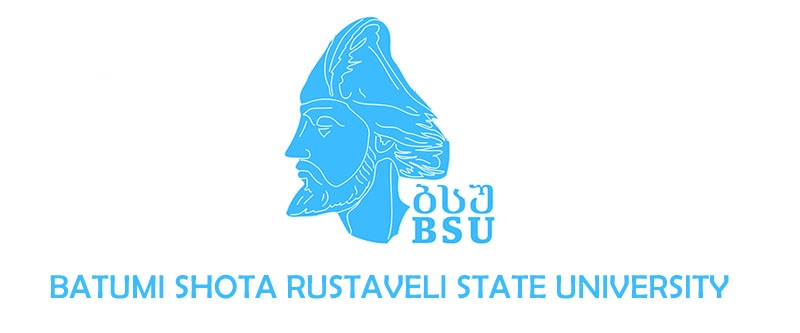







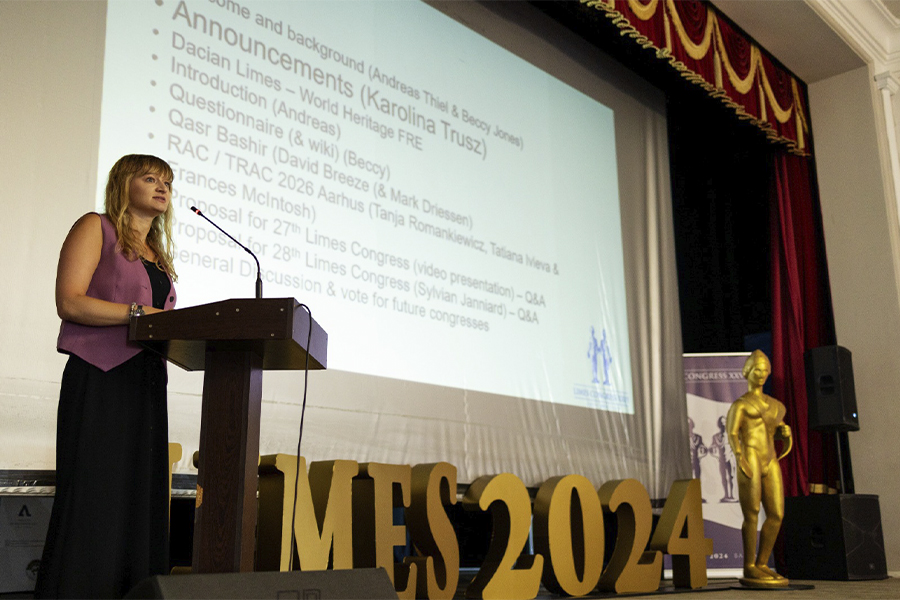

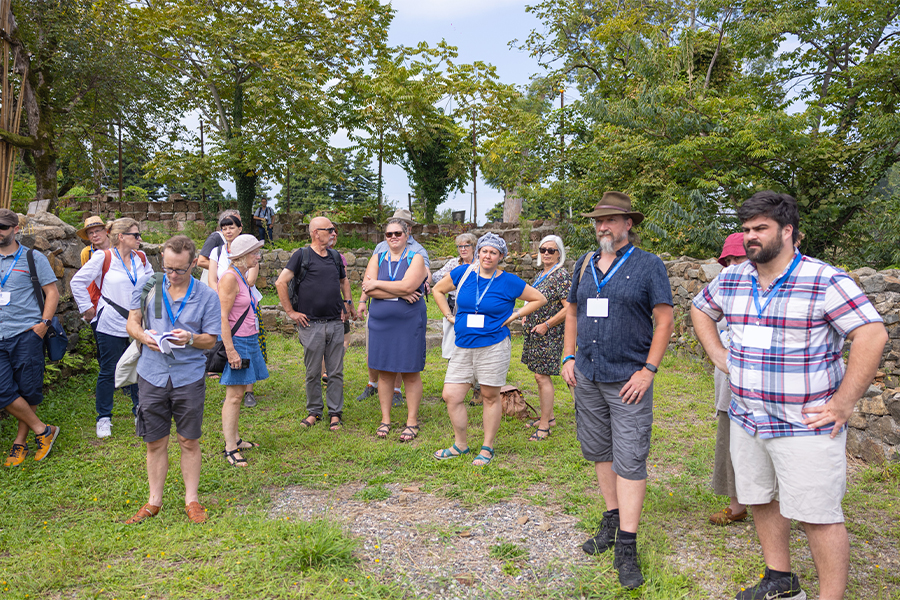
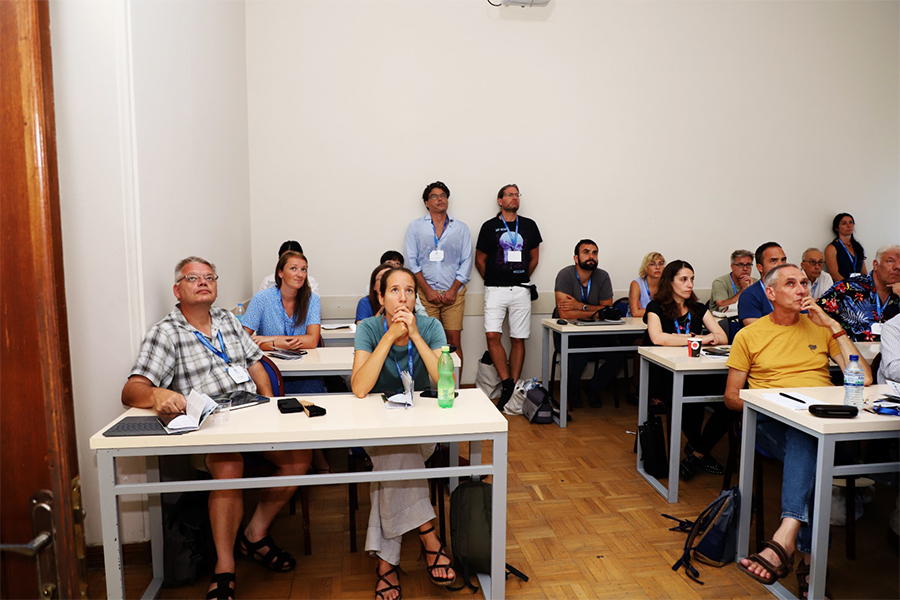
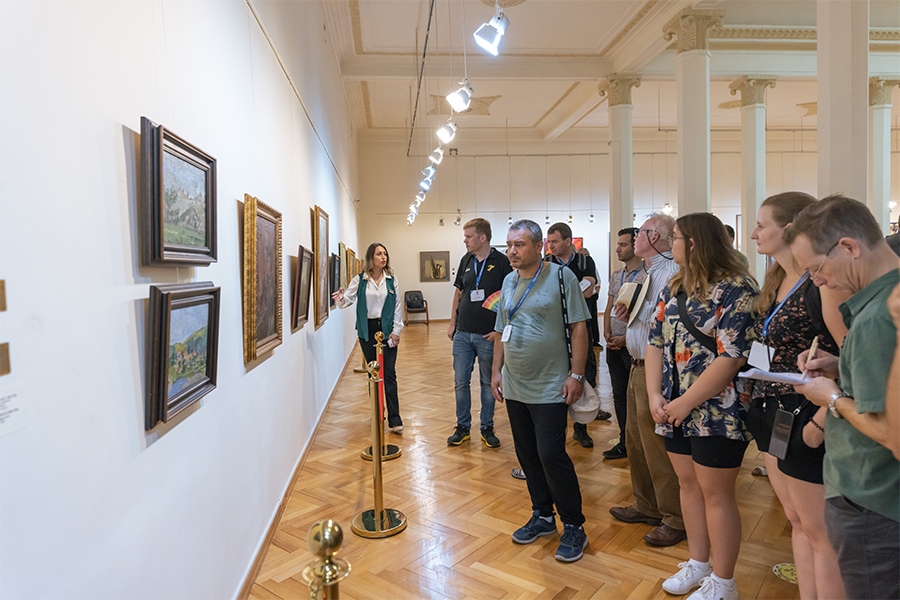
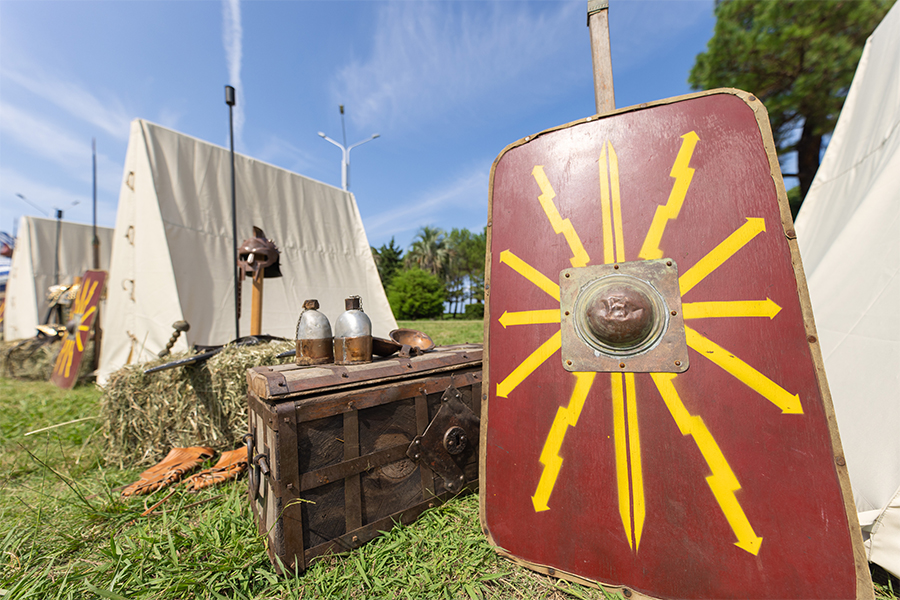

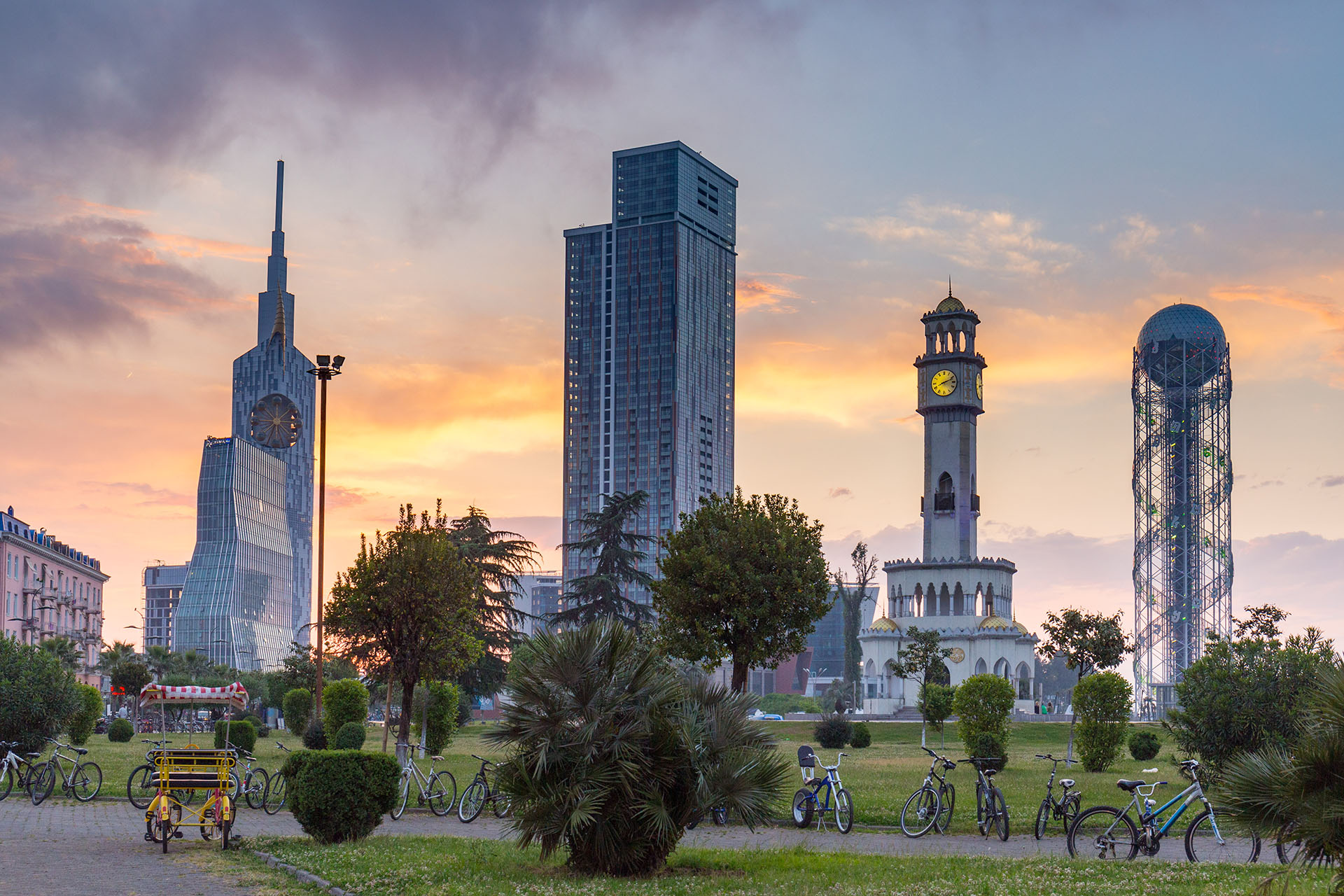


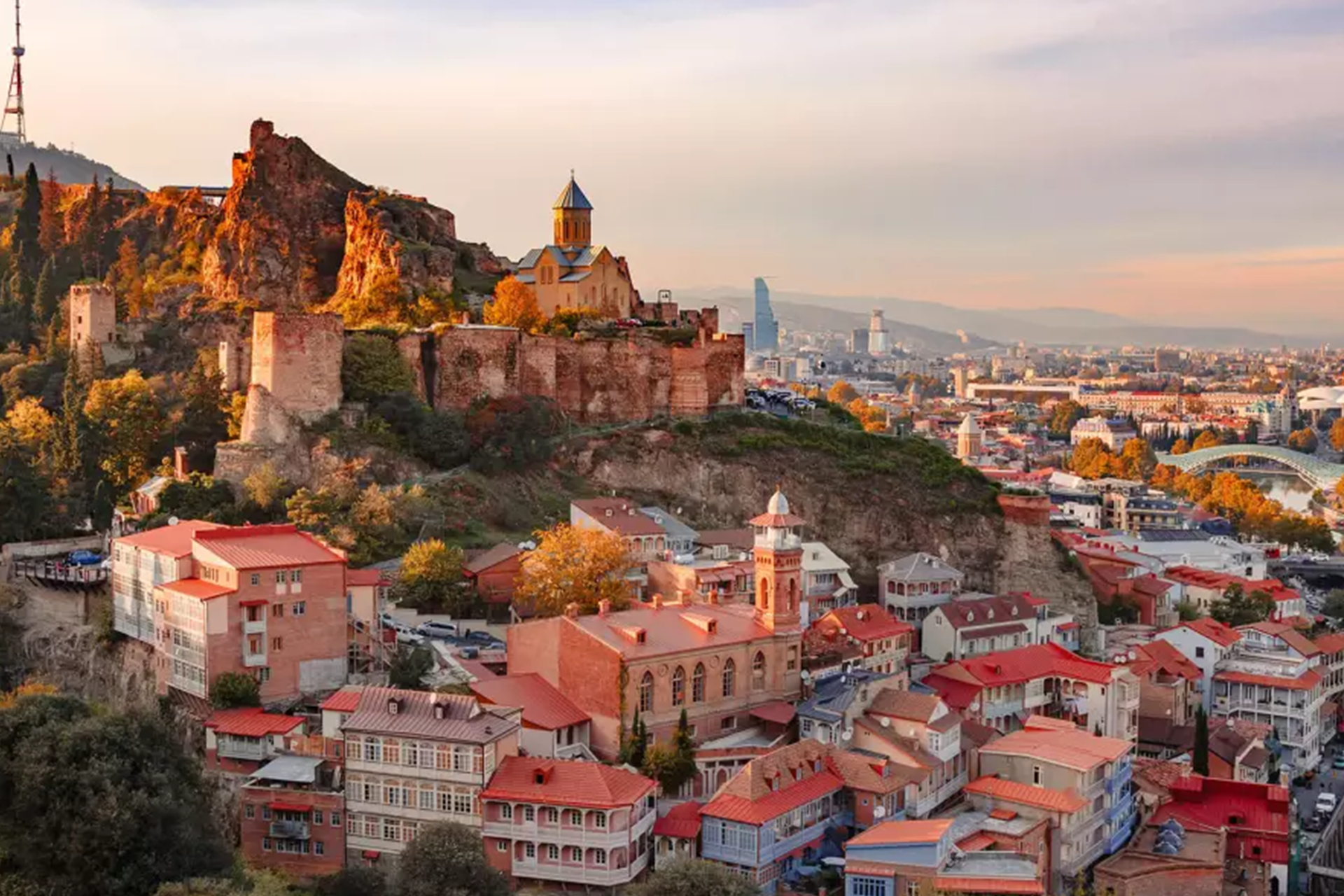

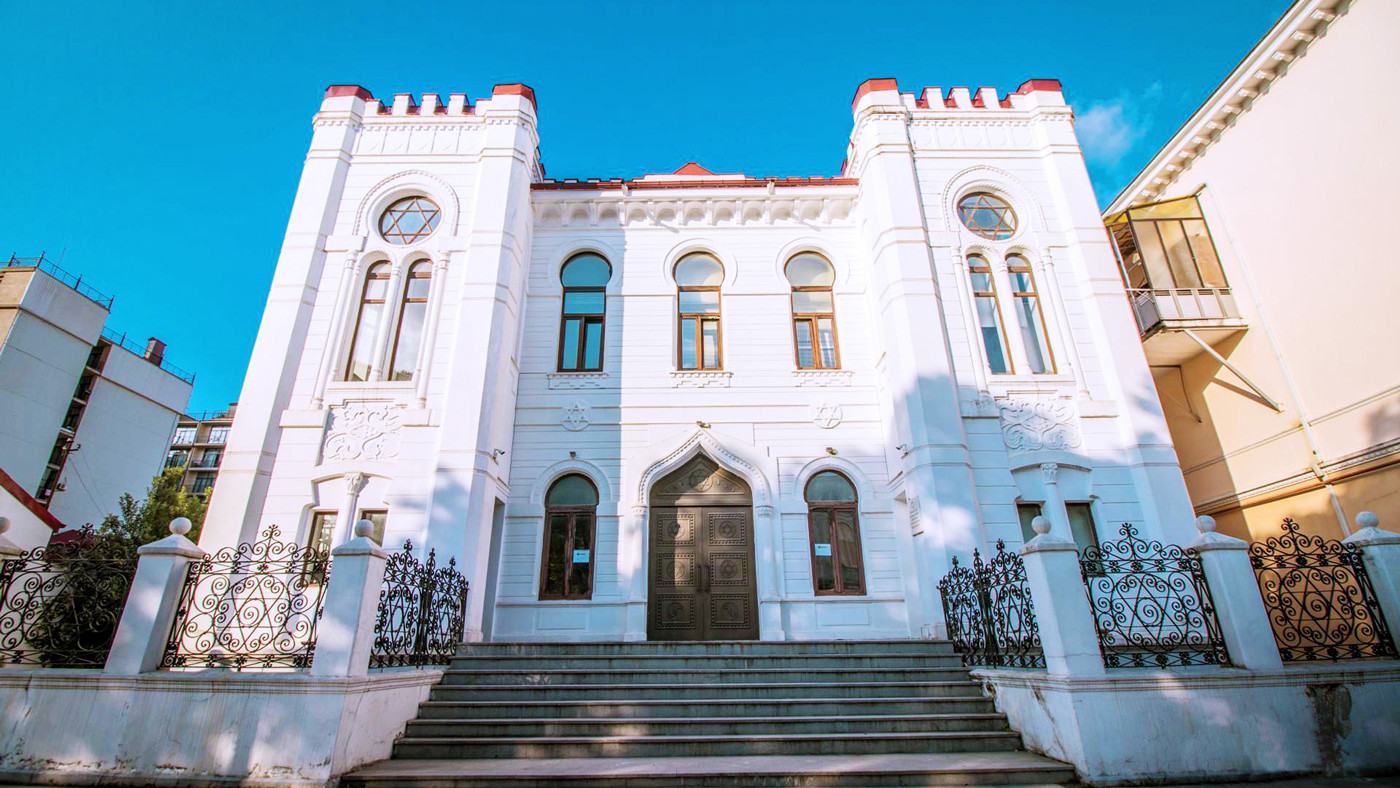

.jpg)










